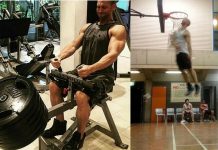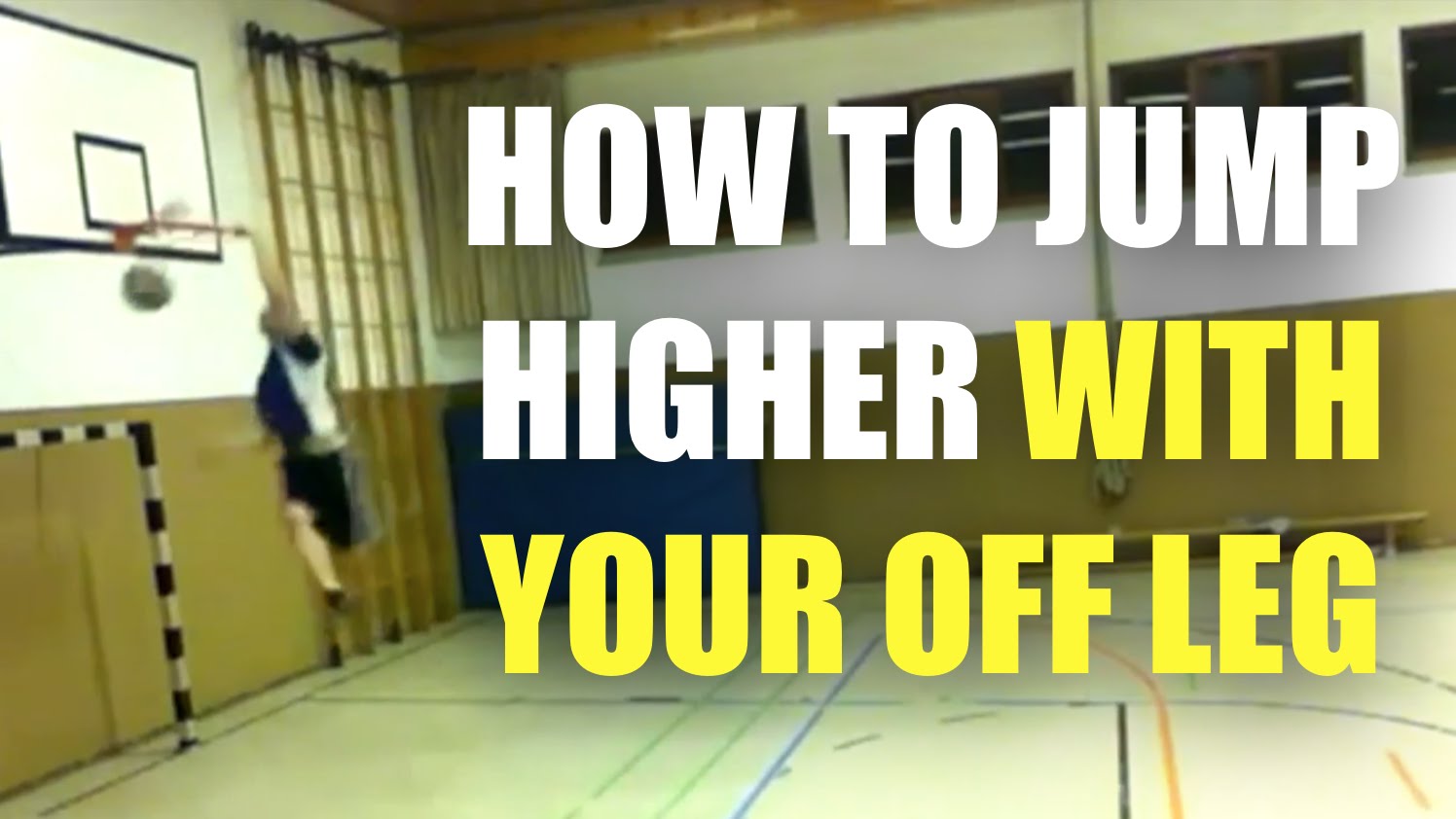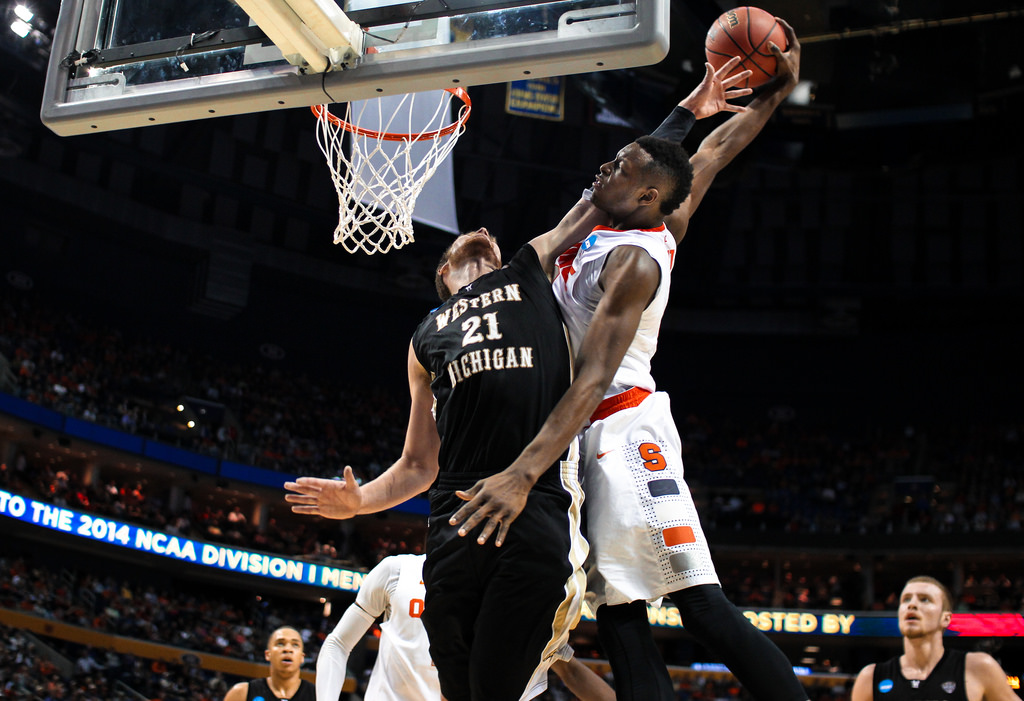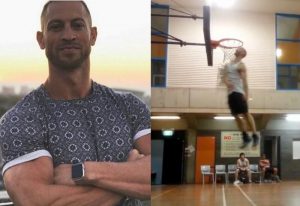
Coach Hiller is considered by many to be the foremost authority on vertical jump training and has trained amateur, Professional and Olympic level athletes all over the world. He has been sought out by ESPN, Sports Illustrated, Men’s Health, Fadeaway Magazine and others to learn his methods.
In this post I’m going to show you the proven process of how to jump higher that I’ve learned from a lifetime of research.
I’ve trained thousands of average athletes who added 8, 12, 15… and a few even 20 inches to their vertical leap by using the training principles in this post.
We have testimonials from hundreds of them about their experience… you can check them out here if you like.
I have spent the majority of my life researching, testing, and improving these strategies…
…even monitoring muscle activity with special equipment to measure the effect of each exercise.
Using these principles, I was able to take my own 2-foot running vertical from 19 inches to 44 inches
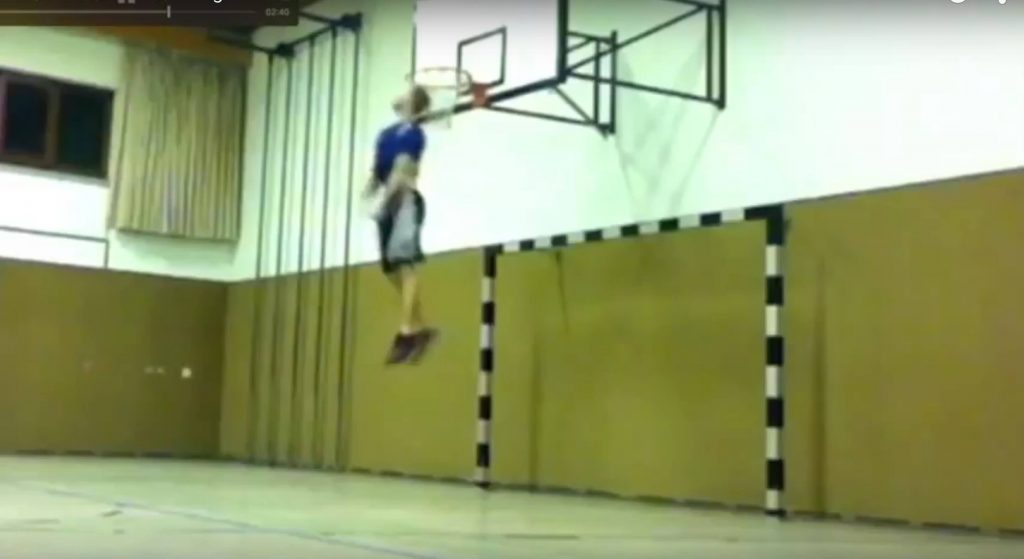
Since then I’ve been able to train Amateur, Pro and even Olympic level athletes all around the world (over 65+ different countries)…
Organizations like ESPN, Sports Illustrated, Men’s health, Fadaway Magazine, etc have all reached out to me wanting to learn my methods…
And over 100,000 people have used my programs to gain significant amounts on their vertical leap.
I don’t say that to brag.
I say that so you know I’m not just regurgitating something I heard or read online about how to jump higher…
After reading this you’ll likely know more than 90% of other athletes and even most trainers on the subject.
Ok, let’s dive in…
THE HOW TO JUMP HIGHER FORMULA: S X Q = E
Jumping higher is a simple formula.
There are 2 main things you must have… Strength and Quickness.
Strength gives you the ability to overcome your own body weight.
Quickness allows you to do it fast.
You must have both.
In the lab we call this “rate of force” development…
It’s how FAST you can use your strength.
Check out this guy:
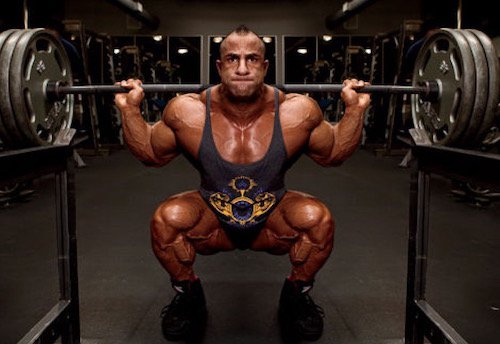
He can squat a ton of weight… but he can only do it very slowly.
That’s not going to make him jump 40+ inches high.
Strength and quickness combined equals explosiveness.
Add strength and quickness to the muscles used when jumping, and you WILL jump higher.
Period.
So how do you add the right type of strength and quickness?
#1 TRAIN IN THE IMPROVEMENT ZONE
The first step is that you must train in the “Improvement Zone”.
Probably the single biggest mistake I see athletes make when trying to jump higher is that they train in the endurance zone.
If you were a sprinter training for the 100M dash, is running a marathon going to help you?
Of course not.
Running long distance trains your endurance.
And training that way will actually make your 100M time slower.
The same is true for jumping higher.
Lets say you have a 20 inch vertical leap right now and you want to increase it to 30 inches…
So you start by jumping rope for several minutes a day.

That means you’ll be jumping a couple inches off the ground several hundred times.
What are you training your body to do??
You’re training it to jump a couple inches high over a long period of time.
You’re training your jumping ENDURANCE.
And your body adapts itself to that goal.
So your max vertical leap isn’t going to go from 20” to 30” like you hope…
Because your body thinks you want to jump low over a long period of time.
(NOTE: Some may actually see a small improvement on their vertical at first from jumping rope but then that’s it… and it may start decreasing after that. I shot a video explaining why in detail here)
Jumping high to dunk (or spike, or whatever your sport has you do) is NOT an endurance movement…
It’s an INTENSE, explosive movement.
So don’t train in the Endurance Zone…
…Train in the Improvement Zone.
That means: High intensity. Low reps.
If you’re doing more than 8-10 reps, your intensity is too low.
Just knowing that alone is going to help you weed out the vast majority of bad advice out there about how to jump higher.
#2 TRAIN YOUR SPECIFIC JUMPING PATTERNS

A while back I invested 1000’s of dollars into buying some medical equipment that let me track muscle activity.
I got tired of getting different opinions and advice from coaches, trainers, and anyone else on the internet who acted like they were an expert.
(do a quick google search and you’ll see what I mean… there’s over 200 million results when searching “how to jump higher”!)
My goal was to find out what muscles were used most when jumping.
I figured that if I knew which muscles contributed most to jumping, then I could focus my training on them and get results.
But what I found was totally different.
I discovered that the most important thing was NOT which muscles were used most…
… but the “pattern” in which they fired.
I noticed that there was a specific set and sequence of muscles that fired when jumping…
That gave me an idea…
I started testing all kinds of exercises to see how their “pattern” compared.
What I found shocked me… but made perfect sense:
The exercises that had a similar “pattern” to that of jumping… worked best to increase vertical leap.

And even more interesting was…
The “patterns” of the most popular vertical jump exercises were very different than those used when jumping.
Which meant that they weren’t very effective after all!
Take squats, for example.
When hooked up to an EMG (electromyography) machine…
I could see that almost every type of squat showed a very different muscle activation “pattern” than when I jumped.
AND…
I noticed that the same type of squat can actually hit different muscles for different people…
Because each person has they’re own unique “limb-links” and “joint-angles”, based on how their body is built.
So, in order to get the best results…
You not only need to use the right type of exercise (that fires the right muscle activation “pattern”)…
…But each person also needs to tailor it to their own body!
Whenever I train athletes at any level, amateurs to pros, the first thing we do is figure out their unique jumping joint angles…
Then we tailor the best exercises to them.
And that’s why we get such great results from it.
It’s actually quite easy to find your specific jumping angles and you only need a cell phone camera to be able to do it.
If you want to learn how we do that, you can check out our free training on it here.
#3 TEACH YOUR BODY TO USE STRENGTH EXPLOSIVELY
Even if you train perfectly in the improvement zone and with the right joint angles…
You still need tobe able to use your strength FAST.
So how do you do that?
You’ve probably heard of the term fast-twitch muscle fiber.
That’s referring to Type II muscle fibers.
Type II fibers naturally fire FASTER than Type I fibers (slow-twitch).
Some people are born with more fast-twitch fibers than others…
…so those people are naturally quicker and more explosive.
Unfortunately you can’t increase the amount of fast-twitch fibers you were born with.
BUT…
You can teach your slow-twitch muscle fibers to act more like fast-twitch.
How?
By sending a stronger impulse to them.
You see, in order to use a muscle…
…your body sends an electric impulse through it so that it contracts.

That electric impulse comes from your central nervous system…
And the stronger that impulse is to your muscles…
…the FASTER your muscles will fire…
…and the more explosive you become.
In Russia in the 1950’s and 60’s they developed something called “Shock Training” that did just that.
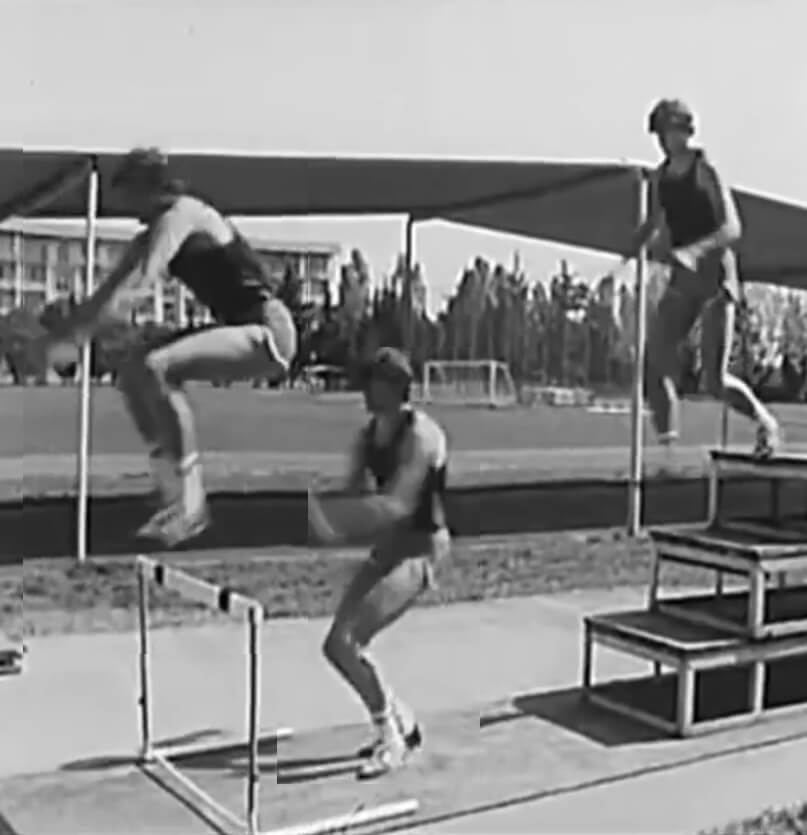
The principle behind shock training is…
Jump off something (a box, stair, etc)…
And when you land… your muscles get a “shock”…
That shock sends a STRONGER than normal impulse through the muscles…
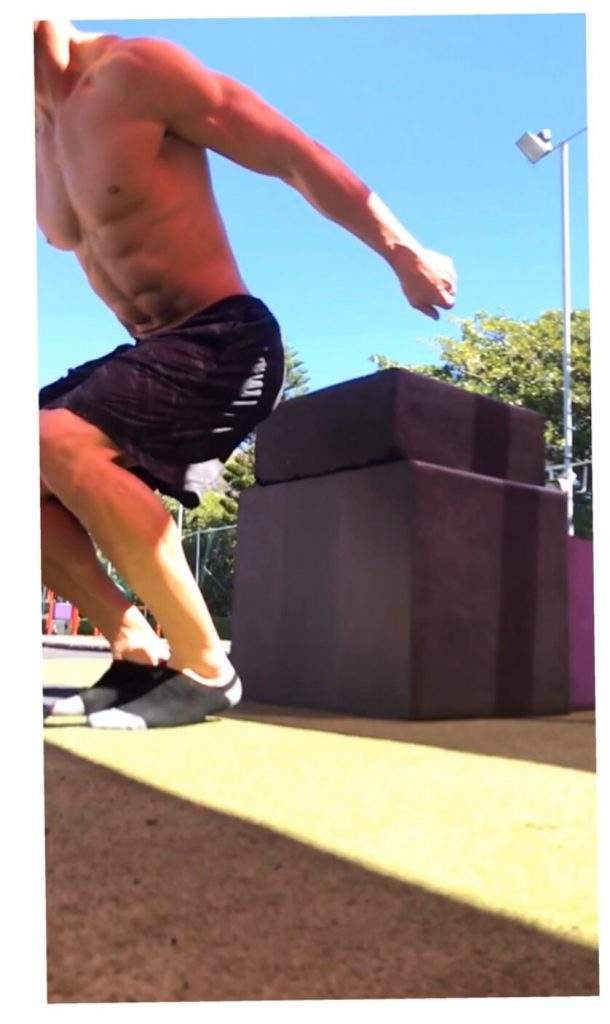
And as you systematically increase that impulse over time by jumping off higher and higher platforms…
…it re-teaches your nervous system to send a stronger impulse to your muscles naturally.
That stronger impulse makes your muscles fire FASTER…
Which in turn makes you QUICKER…
…and MORE EXPLOSIVE.
This might be the first time you’ve ever heard of this concept…
Why?
Because over the years, Shock training has been changed…
…and it morphed into something that you likely have heard of… Plyometrics.
Along the way, it’s purpose changed.
You may have seen programs here in the U.S. (like P90X, etc) use plyo’s as a cardio workout…
In those workouts they have you do literally thousands of plyometric repetitions…
but they’re all at low intensity…
That’s fine if you just want to lose weight and get a good cardio in…
But it won’t help you jump higher because the shock it’s sending to your muscles is TOO LOW…
…it’s actually training your system to send a very low, weak impulse to your muscles.
Unfortunately… the majority of what you see online or in programs about plyometrics is not teaching you to become more explosive.
I even see coaches, college athletes, professional athletes using plyometrics where the intensity is so low that it’s not teaching their muscles to jump higher at all.
There are very specific ways to use shock training correctly for jumping higher…
…including when to do it in relation to your strength training.
#4 GAINS DON’T HAPPEN IN THE GYM
Here’s where it can go all wrong.
Lot’s of athletes work super hard in the gym…
…they may even be training in the Improvement Zone…
They may even be doing some of the right exercises…
But they just don’t seem to be jumping higher.
There are 2 reasons for that:
First, gains on your vertical leap don’t come in the gym…
They’re INITIATED in the gym.
If you’re training the right way, your muscles will break down…
And they need time to rebuild.
If you never rest to let your muscles repair, all you’re going to do is continue to break down your muscles…
And you’ll never see gains.
In fact, you’ll see your vertical go down and down, and never come back up.
Second, your muscles need FUEL to rebuild.

So even if you do rest enough…
…if you’re not giving them the right fuel, they won’t be able to rebuild.
You must rest AND give your muscles the right fuel to RECOVER.
That’s when you get your gains.
I go over this in more detail in a video training and free workbook you can get here…
But DO NOT skip recovery…
…if you do, you’ll never see the results you want.
#5 GET YOUR MOVEMENT EFFICIENCY RIGHT
This final step in the how to jump higher process is often overlooked…
…and I’ve seen it add anywhere from 2 – 6 inches to athlete’s verticals almost immediately.
It’s called movement efficiency.
Having good movement efficiency is like greasing the wheels…
The less resistance you have, the more available power you’ll be able to use.
In track and field they focus a TON on it.
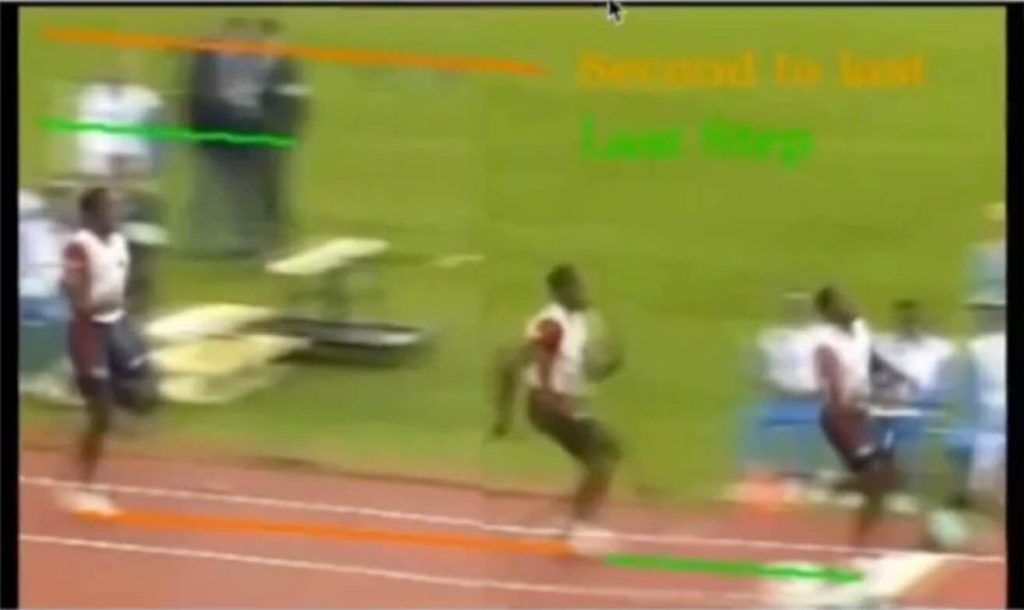
Simple technique tweaks can be the difference between placing and winning for them.
And it can make a BIG difference for you.
How you plant, how you approach, how flexible you are, how you use your arms, etc..
…these all contribute to a higher vertical when done right.
I don’t have time to go into all the ways to do it here… but suffice it to say it’s VERY important.
So lets recap…
We’ve gone over the entire 5-step process of how to jump higher…
If you train both strength and quickness together like we talked about…
Matching your specific jumping angles…
…making sure to do it in the “Improvement Zone“…
(all the while ensuring that you recover properly by giving the right rest and fuel to your body)
Then combine those with proper technique and movement efficiency…
You get something I call “Complex Explosion Training“.
There is absolutely no other practice under the sun that will increase your explosive power better (or faster) than the CORRECT implementation of these principles…
Period.
Ok…
SO WHAT EXERCISES SHOULD YOU DO?
Well, if you want maximum results there’s a lot of different exercises you should do…
And the sequence you do them in matters a lot.
I’ve researched and tested just about every exercise you can think of to find out which one’s are effective…
And which are not…
I even hooked myself and other athletes to special equipment to monitor muscle activity…
…and then re-engineered exercises from that research.
Through that research I developed a program for myself that got my vertical leap above 40 inches.
Eventually I wrote everything down and shot videos for a 12-week blueprint that lays everything out for athletes to follow…
…what to do each day, step-by-step.
It includes training on every aspect…
…form, movement efficiency, nutrition, proper shock training, etc in an easy to follow program.
I’ve had athletes add up to 20 inches to their vertical leap using that protocol.
You can check it out here if you like.
Or…
If you first want to test out these concepts for yourself on a smaller scale…
There’s one exercise from our program that incorporates training in the Improvement Zone, Joint-Angle-Specific Strength Training, Shock Training and Movement Efficiency all into one…
It’s very simple and will only take you around 15 min 2-3 times a week.
Of course, it’s not a comprehensive program, but if you could only do one exercise, this is the one to do…
I’ve had athletes gain several inches on their vertical over a few weeks from doing just this one exercise.
You can grab it here for free if you like:

I hope this has helped you understand the foundation of how to jump higher…
…and helped you realize that it IS possible for you.
Knowing what you know now is more than half the battle…
(what I would have given to know this back in jr high and high school!)
There’s obviously more I can go into than this short article…
But now you know the basics…
In fact, you probably now know more than 90% of other athletes and most trainers and coaches on the subject.
If this was helpful for you go ahead and share it with somebody you think might benefit from it.
And let me know your progress from implementing this…
I always love hearing it.










